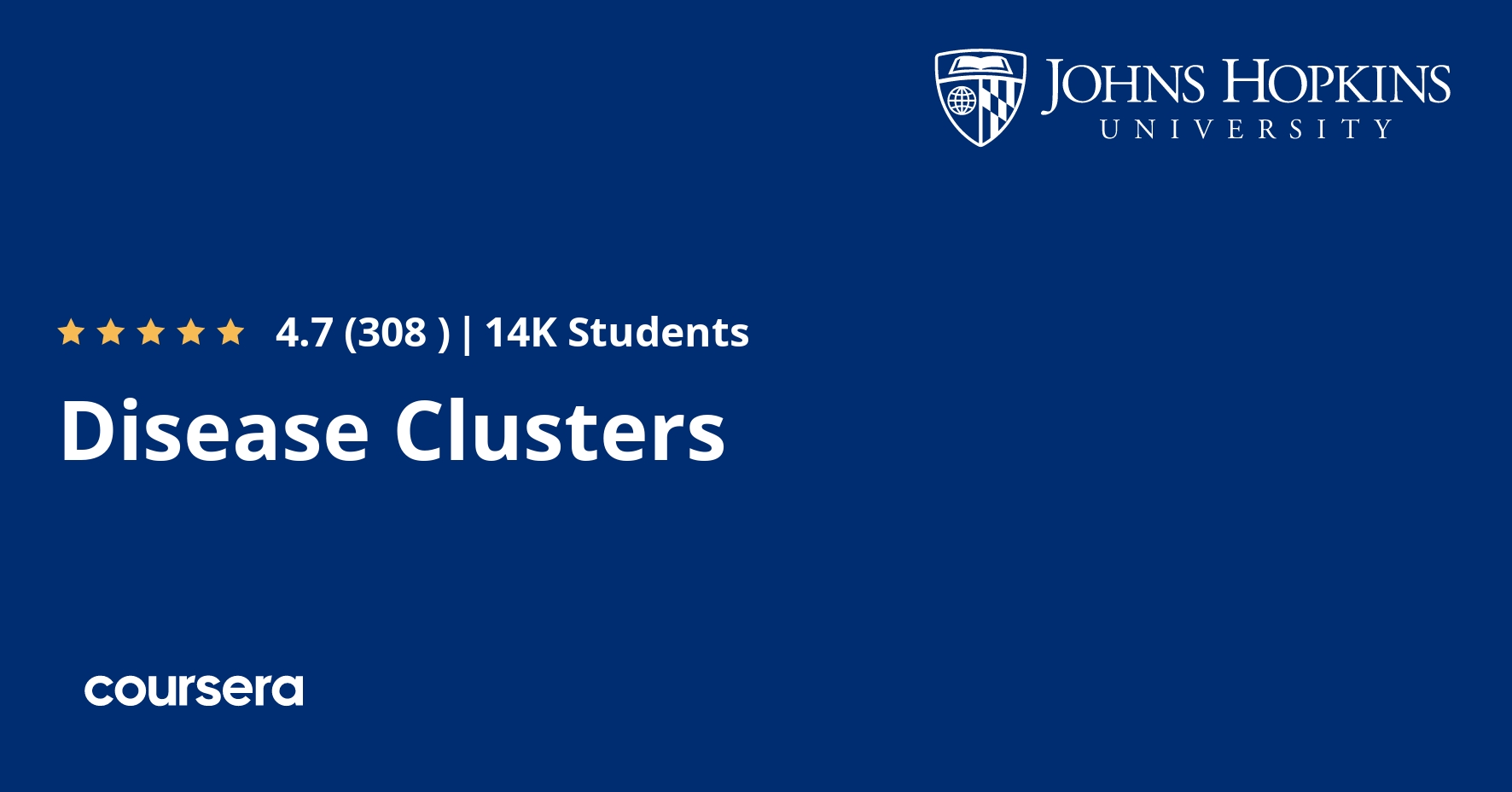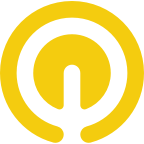Description
Do a lot of people in your neighborhood all seem to have the same sickness? Are people concerned about high rates of cancer? Your community may want to explore the possibility of a disease cluster, which happens when there is a higher number of cases of disease than expected.
When communities hear about cases of disease in their neighborhood, they are rightfully concerned. However, the results of investigations by the health department often find no evidence of a cluster.
This course will help you understand what a disease cluster is and how it is studied. The goal is to empower community (or citizen) scientists, and to help build better relationships between communities and health officials.
What you will learn
Introduction and What is Disease?
Welcome! We’re excited to lay out the rationale behind this course and begin to talk about disease and it’s study.
How is Disease Studied
Now we dive into the study of disease, looking at how we can break things down by place and over time. . . with a special focus on unusual disease events. The five question quiz asks about what we’ve covered up to that point.
Approaches to Possible Clusters
How do people working in health departments handle disease cluster investigations? Who else is involved? Module 3 starts off with some videos and a discussion. We look forward to engaging with you! At the end of the module, a quiz asks about material covered since your last quiz.
Why Are These Investigations Often Unsuccessful? (Suzanne Condon)
As we’ve mentioned, the tools available to public health often don’t lead to the answers for which a community hoped. This module covers some of the reasons for that. Your final quiz asks about material presented in Module 4.






